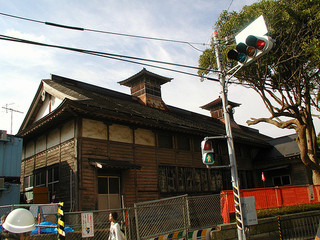Meiji education
The Meiji period saw the advent of public education, and its expansion to include most, if not all, of the children in the archipelago. Public education in this period made literacy, mathematical skills, and general knowledge of a variety of subjects much more easily accessible to a much wider range of people than ever before; the standard national curriculum also played a crucial role in creating a Japanese citizenry cognizant of an identity as citizens of a unitary modern state of Japan.
History
The government planned in 1872 that, going forward, it would seek to establish eight universities, 256 secondary schools, and 53,760 elementary schools. As of 1902, there were still only two universities, 222 secondary schools, and 27,076 elementary schools in the country.
Elementary education was initially deemed mandatory for four years. However, elementary schools were locally funded, and many suffered not only from lack of funds, but also shortage of teachers, and much resistance from families who refused to send their children to school (many such families may have felt they needed the extra hands to help with work at home, on the farm, or in the shop). This eventually shifted and changed, however. The first Japanese Normal School (teacher-training universities) was established in Tokyo in 1872, and by 1900, most children of school-age were actually attending school; the four-year mandate was reintroduced, and successfully expanded to six years in 1907.
The government established the Ministry of Education in 1871, on the French model of a centrally administered education system and nationwide curriculum. Much of the Ministry's first budget, in 1873, was dedicated to bringing foreign teachers to Japan, and one-eighth of the entire budget was devoted to funding Japanese students to travel abroad; two hundred and fifty did so that year. By the 1880s, however, with Japan's own education system (including universities on the Western model) more firmly established, the number of students traveling abroad each year diminished, to around 50-80 students per year.
References
- Conrad Schirokauer, David Lurie, and Suzanne Gay, A Brief History of Japanese Civilization, Wadsworth Cengage (2013), 187.
